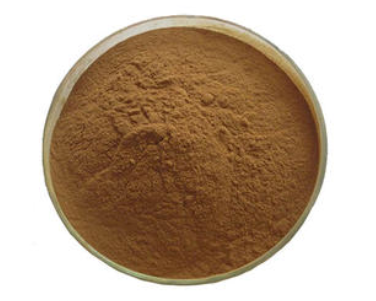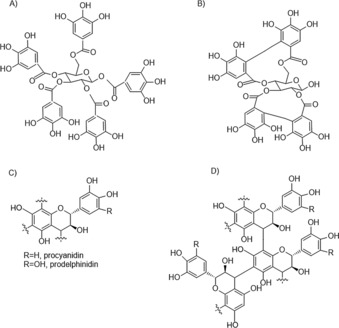The Effects of Tannins in Monogastric Animals with Special Reference to Alternative Feed Ingredients
饲用单宁酸Abstract: Over recent years, the monogastric animal industry has witnessed an increase in feed prices due to several factors, and this trend is likely to continue. The hike in feed prices is mostly due to extreme competition over commonly used conventional ingredients. For this trend to be subdued, alternative ingredients of both plant and animal origin need to be sourced. These types of ingredients are investigated with the aim of substituting all or some of the conventional compounds. However, alternative ingredients often have a double-edged sword effect, in that they can supply animals with the necessary nutrients although they contain antinutritional factors such as tannins. Tannins are complex secondary metabolites commonly present in the plant kingdom, known to bind with protein and make it unavailable; however, recently they have been proven to have the potential to replace conventional ingredients, in addition to their health benefits, particularly the control of zoonotic pathogens such as Salmonella. Thus, the purpose of this review is to (1) classify the types of tannins present in alternative feed ingredients, and (2) outline the effects and benefits of tannins in monogastric animals. Several processing methods have been reported to reduce tannins in diets for monogastric animals; furthermore, these need to be cost-effective. It can thus be concluded that the level of inclusion of tannins in diets will depend on the type of ingredient and the animal species.单宁酸


